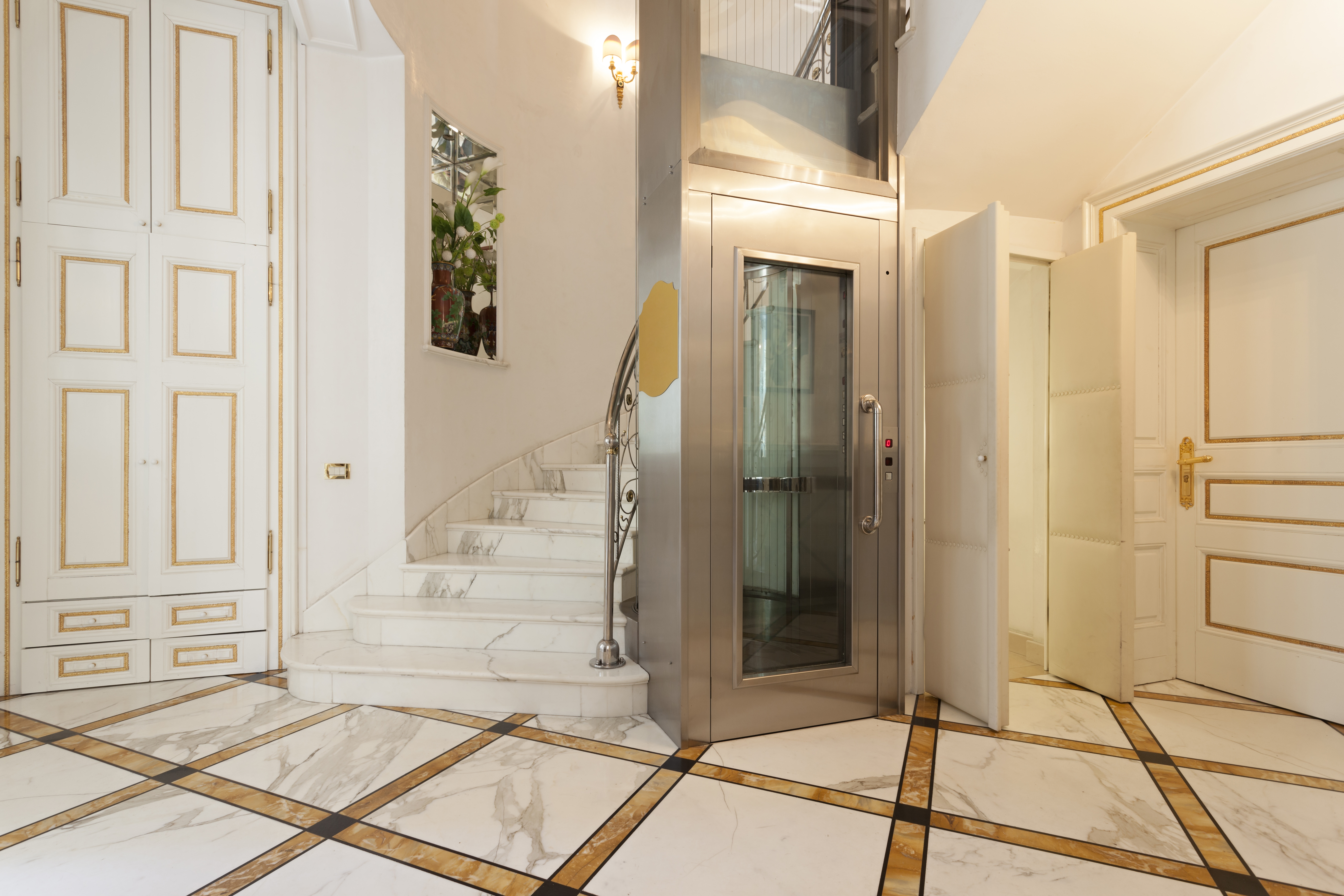Benefits of Installing a Home Lift
Contents |
Introduction
Residential lifts continue to rise in popularity around the world. They are no longer considered a great luxury or only installed when there’s a medical necessity. Home lifts offer many benefits to people’s lifestyles and homes.
Increased property value
A residential lift can add value to a home and make it a profitable investment. Many homebuyers seek homes that either allow for a lift to be installed in the future or one that already comes with a lift. This is usually because accessibility may become an issue a few years down the line, should the occupants mobility decrease.
A property may have a higher resale value if it possesses a lift, as upgrades and home improvements that help people maintain high levels of comfort and mobility contribute to a greater price when selling.
More accessibility
There may be many reasons why a homeowner requires a lift in their property, such as mobility issues or the fact that the building has several storeys. A home lift allows the user to easily and efficiently access all levels of a home and prevents people from relocating to single-story properties,. It also contributes to users’ independence.
Higher safety levels
Lifts can also be a safety measure in the home, as people who are less mobile may find it safer and easier to use the lift instead of stairs. There are inherent dangers to climbing stairs when mobility is reduced.
A lift can also only be made accessible by specific people, which adds an extra layer of security to a property.
Stylish design
Home lifts can be customised and tailored to meet a property’s requirements, which means users can have a lift that fits in with the current interior design. Lack of space can also be addressed by lifts, as low pit options allow them to be installed in places where space is limited.
A staircase can take up more space than a lift, so, for many homeowners, lifts are the best solution.
Practicality
Even when a user does not have reduced mobility, their residential lift can be a highly functional solution in the home. It minimises day-to-day occurrences, such as climbing steps, and prevents people from carrying heavy and bulky loads up and down stairs, which can be hazardous, tiresome, and time-consuming.
The convenience of home lifts makes them the top choice for many homeowners who wish to eliminate legwork on their daily lives, ensuring comfort and luxury in their own homes.
Easy to use and maintain
Residential lifts are easy to use, whether the user is elderly or whether they possess health issues that reduce their mobility. Taking the stairs is often not an option or can make life more difficult, while lifts work by just pressing buttons. When it comes to maintaining a home lift, it does not take a lot of effort or time to clean, so they can easily be kept in top condition.
Residential lifts are not just associated with affluent homeowners anymore, nor are they only installed in commercial and industrial spaces. The popularity of these types of lifts does not show any signs of decreasing, and, with increasingly affordable options, many users are reaping the benefits of having one installed on their property.
--Nathan Massey 14:38, 15 Jan 2018 (BST)
Find Out More
Featured articles and news
A change to adoptive architecture
Effects of global weather warming on architectural detailing, material choice and human interaction.
How big is the problem and what can we do to mitigate the effects?
Overheating guidance and tools for building designers
A number of cool guides to help with the heat.
The UK's Modern Industrial Strategy: A 10 year plan
Previous consultation criticism, current key elements and general support with some persisting reservations.
Building Safety Regulator reforms
New roles, new staff and a new fast track service pave the way for a single construction regulator.
Architectural Technologist CPDs and Communications
CIAT CPD… and how you can do it!
Cooling centres and cool spaces
Managing extreme heat in cities by directing the public to places for heat stress relief and water sources.
Winter gardens: A brief history and warm variations
Extending the season with glass in different forms and terms.
Restoring Great Yarmouth's Winter Gardens
Transforming one of the least sustainable constructions imaginable.
Construction Skills Mission Board launch sector drive
Newly formed government and industry collaboration set strategy for recruiting an additional 100,000 construction workers a year.
New Architects Code comes into effect in September 2025
ARB Architects Code of Conduct and Practice available with ongoing consultation regarding guidance.
Welsh Skills Body (Medr) launches ambitious plan
The new skills body brings together funding and regulation of tertiary education and research for the devolved nation.
Paul Gandy FCIOB announced as next CIOB President
Former Tilbury Douglas CEO takes helm.
UK Infrastructure: A 10 Year Strategy. In brief with reactions
With the National Infrastructure and Service Transformation Authority (NISTA).
Ebenezer Howard: inventor of the garden city. Book review.
Airtightness Topic Guide BSRIA TG 27/2025
Explaining the basics of airtightness, what it is, why it's important, when it's required and how it's carried out.























